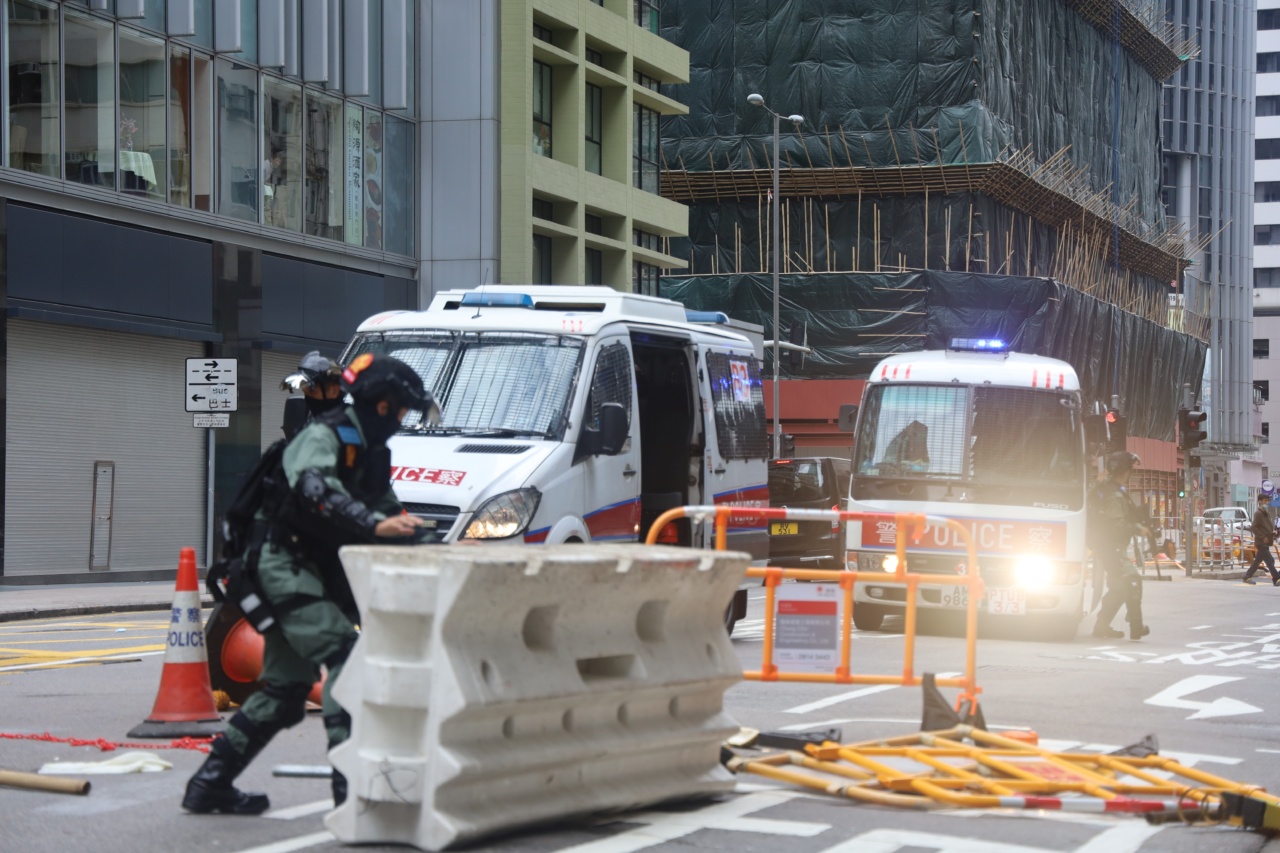Safe driving is a crucial aspect of our everyday lives, yet it is often taken for granted. With the rise of distractions and the increasing pace of life, a single moment of inattention can lead to disaster on the roads.
Surprisingly, research has shown that it only takes around 1.3 seconds for an accident to occur. In this article, we will explore the importance of this brief timeframe and how it can make all the difference between safe driving and disaster.
The 1.3-Second Rule: The Difference Between Reaction and Accident
Driving requires split-second decision making and reaction times.
When faced with an unexpected event on the road, such as sudden braking or a pedestrian crossing, it takes time for our brain to process the information and for our bodies to physically respond. Studies have shown that the average driver’s reaction time is around 1.3 seconds. This means that within this short duration, we must assess the situation, make a decision, and take appropriate action to avoid a potential collision.
The Impact of Distractions: Seconds that Matter
In today’s digital age, distractions have become a significant concern on the roads. From smartphones to in-car entertainment systems, there are numerous sources of diversion that can easily snatch away our attention.
While it may seem harmless to glance at a text message or change the music for a few seconds, these seemingly insignificant moments can have life-altering consequences. Using the 1.3-second rule, it becomes evident that even a brief distraction can significantly reduce our ability to react in time, turning a simple moment of inattention into a potential disaster.
Calculating Stopping Distances: A Game of Seconds
In addition to reaction times, stopping distances are another critical factor when it comes to safe driving. The distance traveled during the 1.3-second period can vary depending on a variety of factors, including speed and road conditions.
For instance, at an average speed of 60 miles per hour, a vehicle will travel around 88 feet during the 1.3 seconds before the driver even begins to react. This highlights the importance of maintaining a safe following distance to account for both reaction and stopping distances.
Understanding Human Error: The 1.3-Second Window
Human error is an inevitable part of the driving experience. From misjudging distances to failing to recognize hazards, we all make mistakes on the road.
However, it is often the ability to rectify these errors within the 1.3-second window that defines whether an accident occurs or not. The key lies in awareness, concentration, and swift decision-making. By being mindful of our surroundings and vigilant in our responses, we can increase our chances of preventing disaster.
The Role of Technology: Enhancing Safety Measures
Advancements in technology have played a significant role in improving road safety. From anti-lock braking systems to collision warning systems, these innovations have helped bridge the gap between human error and accident prevention.
Technologies such as automatic emergency braking (AEB) can react far quicker than a human driver, reducing the risk of a collision significantly. However, it is important to remember that technology is not infallible and should not replace responsible driving habits.
Educating for Safer Roads: The Power of Awareness
Creating a safer road environment requires a collective effort. Education plays a vital role in raising awareness about the importance of the 1.3-second window and the potential consequences of distracted or reckless driving.
By integrating safe driving practices into schools, driver’s education programs, and public campaigns, we can equip individuals with the knowledge and skills needed to navigate the roads responsibly. Additionally, stricter enforcement of traffic laws and penalties for distracted driving can act as a deterrent, further promoting safer road behavior.
The Psychological Impact of Accidents: Lifelong Consequences
The aftermath of a road accident extends far beyond the physical damage. It can have long-lasting psychological effects on both the victims and the drivers responsible.
From post-traumatic stress disorder (PTSD) to survivor’s guilt, the emotional toll can be overwhelming. By acknowledging and understanding the potential consequences of a mere 1.3 seconds, we can strive for a safer driving culture that prioritizes the well-being of all road users.
Changing Driving Habits: Prevention is Key
Prevention is undoubtedly the most effective approach to road safety. By consciously making an effort to eliminate distractions, maintain safe following distances, and adhere to traffic regulations, we can reduce the likelihood of accidents occurring.
This involves adopting a responsible mindset, recognizing the significance of every passing second, and prioritizing the safety of ourselves and others on the road.
The Future of Road Safety
As technology continues to advance, the future of road safety appears promising. Autonomous vehicles have the potential to eliminate human error entirely, transforming the driving experience and minimizing the chances of accidents.
However, until these vehicles become ubiquitous, it ultimately falls on each driver to appreciate the value of 1.3 seconds and embrace safe driving practices that can make all the difference between a mundane commute and a catastrophic event.





























